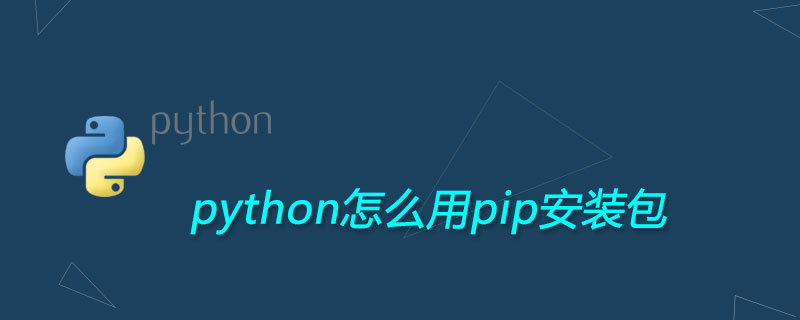

pip is a Python package management tool that provides the functions of finding, downloading, installing, and uninstalling Python packages.
Currently, if you download the latest version of the installation package from python.org, it already comes with this tool.
Python 2.7.9 or Python 3.4 or above comes with the pip tool.
pip official website: https://pypi.org/project/pip/
You can use the following command to determine whether it has been installed:
pip --version
If it has not been installed, you can Use the following method to install
$ curl https://bootstrap.pypa.io/get-pip.py -o get-pip.py # 下载安装脚本 $ sudo python get-pip.py # 运行安装脚本
Note: Which version of Python is used to run the installation script, pip will be associated with that version. If it is Python3, execute the following command:
$ sudo python3 get-pip.py # 运行安装脚本。
The most commonly used commands for pip
Show version and path
pip --version
Get help
pip --help
Upgrade pip
pip install -U pip
Installation package
pip install SomePackage # 最新版本 pip install SomePackage==1.0.4 # 指定版本 pip install 'SomePackage>=1.0.4' # 最小版本
For example, I want to install Django. Just use the following command, which is convenient and quick.
pip install Django==1.7
Upgrade package
pip install --upgrade SomePackage
Uninstall package
pip uninstall SomePackage
Search package
pip search SomePackage
Display installation package information
pip show
View detailed information of the specified package
pip show -f SomePackage
List installed packages
pip list
Notes
The pip in python2 is pip, and the pip in python3 is called pip3. Please pay attention when using it.
The above is the detailed content of How to use pip to install packages in python. For more information, please follow other related articles on the PHP Chinese website!